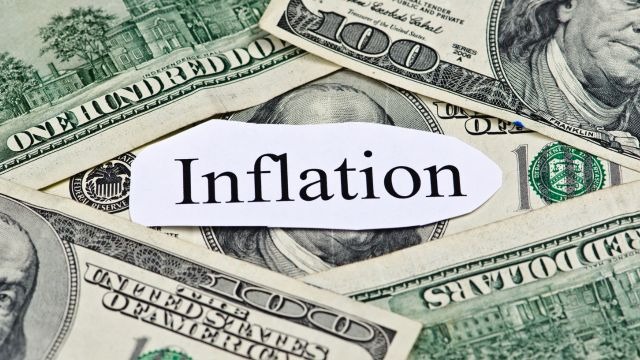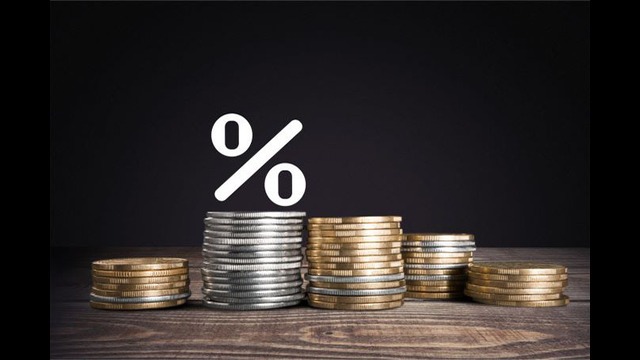The outlook for another interest rate hike remained unclear following the speech by Federal Reserve Chairwoman Janet Yellen to the Economic Club in New York Tuesday, her first press conference after the Fed held rates steady two weeks ago.
The following Forex news reports are the latest developments of the Forex market. The news reports are updated frequently and include all the events that affect the foreign exchange trading industry.
Most Recent
Even as the Dollar is finding some support from the Federal Reserve, the Japanese Yen has been underperforming on speculation of yet another move from the Japanese government.
The dollar kept losses to a minimum Monday following its first drop in seven days. Conflicting reports on the future of U.S. interest rates helped European equity-index futures increase while stocks in Asia dropped.
Top Forex Brokers
In a quiet trading session given that many of the globe’s financial markets are closed today, it will likely be data which drives the currency pairs.
The dollar edged up against the euro and yen on Monday continuing its rebound last week following hints from U.S. Federal Reserve officials that an interest rate hike could be introduced sooner than anticipated.
It probably will not be as quiet this week as it was last week, but we still have a very thin data schedule with no central bank input. Therefore volatility is likely to be relatively low but will probably pick up quite a lot at the end of the week. Get the economic and political timeline for the week of March 28, 2016 here.
Not much financial news came in over the weekend with major holidays worldwide but economists look forward to the coming week for the release of several interesting economic reports which could help U.S. stocks resume their recent winning path.
Oil prices were down slightly on Thursday, posting their first weekly loss in over a month, under pressure from record high U.S. stockpiles, a strong dollar and weakening equity markets.
For a 5th straight day, the US Dollar Index edged higher, moving toward a record for best string of gains in nearly a year.
Bonuses & Promotions
U.S. equities showed losses overnight as fresh declines in oil prices pushed Asia markets lower Thursday morning.
Federal Reserve officials, with more hawkish commentary than usual, helped to broadly support the US Dollar.
The dollar stabilized on Wednesday, buttressed by hawkish comments from U.S. Federal Reserve officials. The dollar index which tracks the U.S. currency against six major rivals, inched about 0.1 percent higher to 95.758.
European stocks fell on Tuesday and safe-haven assets, gold and government bonds rose in price after explosions at Brussels airport and Metro stations killed twenty-three people and left close to 35 others injured.
The dollar held firm on Tuesday, extending its rebound for a second session after several Federal Reserve officials in separate appearances supported the case for a hike in interest rates at the next Fed meeting in April.
The Pound Sterling was hit hard and fast as concerns continue to grow over a possible British exit, aka Brexit, from the E.U.



